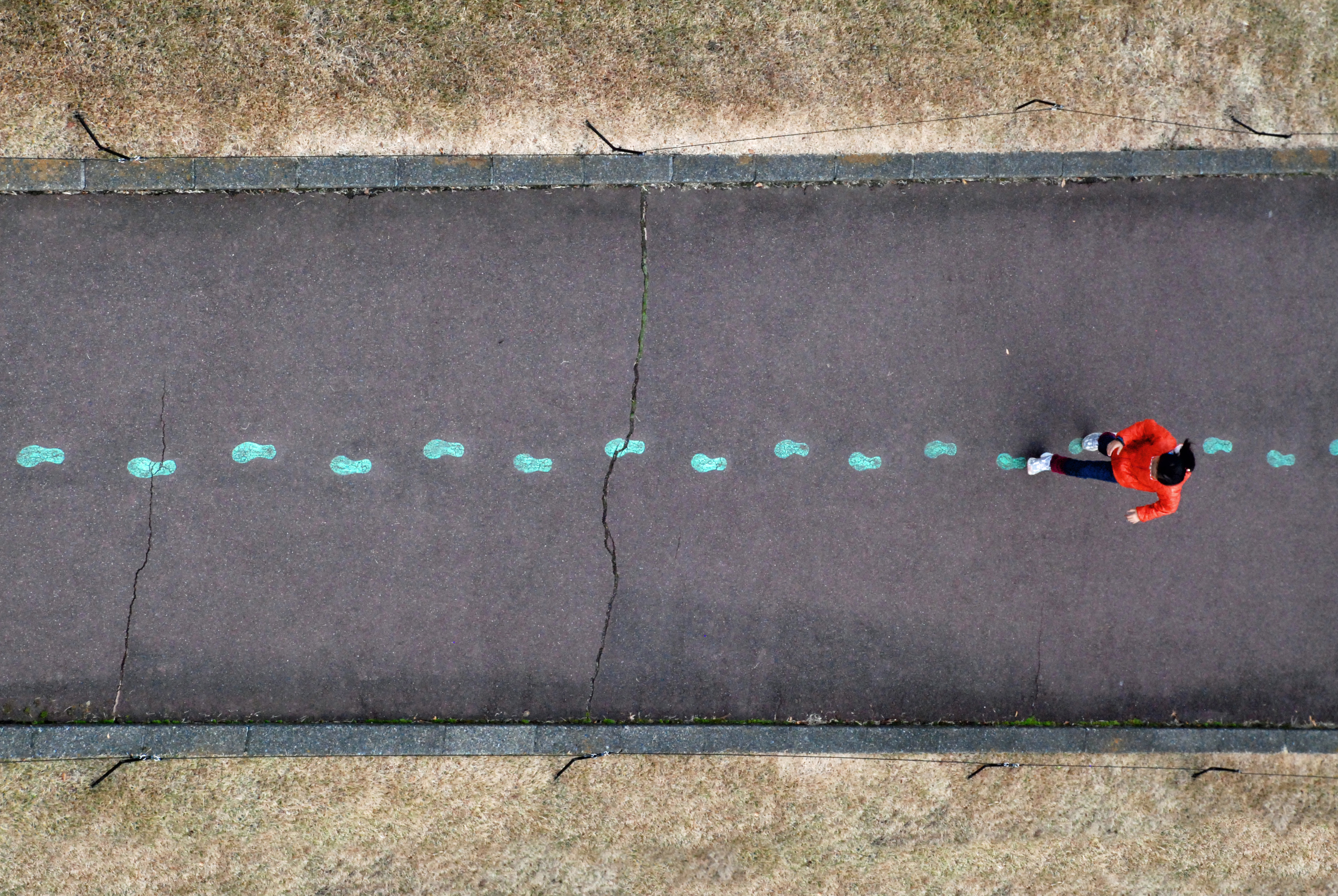Blog post4 open pedagory
Reflective practice and Connected Community are the two most valuable retributes in open pedagogy which benefits my learning journey. To me, an introverted person, I was not getting used to express myself in front of people. However, when I study in the open pedagogy, my personality has changed a lot.
Learning to be a reflective student is valuable investment that pays off practically in my day-to-day learning. It strengthens my ability to think through and act on the complex issues I continually face in dairy life. “Reflection was also part of the Cop model used in 35 mobile Web …. could “support learner interactivity, collaboration, communication, reflection and interest” (Hegarty, 2015). I believe reflecting with a group of people offers a richer experience of camaraderie, multiple perspective, deep understanding, and shared enjoyment of our work together. When I was in Camosun college, I had one indigenous course. We always sit in a circle and shared our ideas and thoughts with each other. It was a safe and open space for everyone in the group to express their thoughts. We often have facilitator to keep the group process moving forward with the task on hand. I think facilitator are the most important part of the community of practice because he invites every group member to tell their own story or share some useful resources to others. They point out connections between people’s ideas. They can also contribute stories and examples related to the topic. Students could learn a lot in the process of exchanging ideas and stories.
Also, the feedback from peers, a critical friend is very meaningful as well. One of the most widely used definition of a critical friend comes from the work of Arthur L.Costa and Bena Kallick (Costa,1993), who describes a critical friend as “a trusted person who asks provocative questions, provides data to be examined though another lens, and offers critique of a person’s work as a friends… therefore, must begin through building trust.” In our group learning, a critical friend questions, provokes, brings forth different perspectives, and help participants consider opportunities and possibilities for improving our practice. I always benefit from a critical friend because it scaffolds my new learning. Also, with the help from my critical friend, my final practice won’t be better than I imagine. I think the critical friend challenge others to see themselves as researcher in the teaching and learning process.
Reference
Hegarty, B. (2015). Attributes of Open Pedagogy: A Model for Using Open Educational Resources. Educational Technology,55(4), 3-13. Retrieved from http://www.jstor.org.ezproxy.library.uvic.ca/stable/44430383
Costa, Authur L., and Bena Kallick. (1993). “Through the lens of critical friend.”
Educational Leadership 51 (2): 49-51



